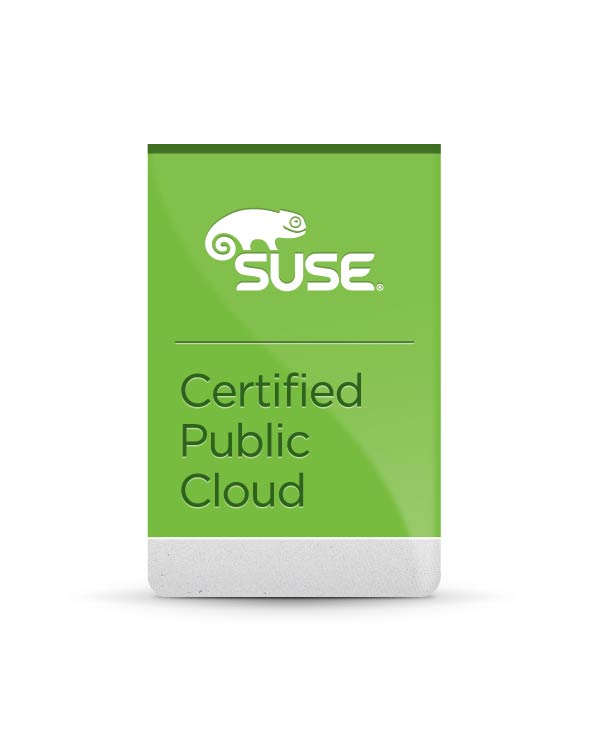Cloud Computing – Enabling Change: Also First Choice for SAP HANA®
We all see it whenever we look up into the sky: clouds are transient formations. Depending on the weather conditions, they can provide the backdrop to a pleasant evening or herald the onset of severe storms. Something true about these clouds, they constantly CHANGE! These clouds are very different from those that enable users to access essential ICT resources via a network: cloud computing stands for continuous reduction in costs and complexity. This means companies do not need to invest in their own IT infrastructure, but simply pay for services they actually use and benefit from the higher capacity utilization offered by cloud vendors.
The latest example is SAP HANA Enterprise Cloud®, which enables customers to leverage the benefits of SAP’s in-memory technology for real-time analyses in next to no time – with less risk and without the costs that would otherwise be incurred by on-premise implementation. With its HANA Cloud Platform, SAP offers numerous applications for all aspects of ERP, CRM, and NetWeaver Business Warehouse environments as “Managed Cloud Services” on a HANA basis.
Infrastructure with Amazon Web Services
Since 2009, SUSE has been working closely with SAP to support the use of SAP applications via Amazon Web Services (AWS). AWS is a leading provider of SAP products in the cloud and also maintains a direct partnership with SUSE to offer SUSE Linux Enterprise Server for Amazon EC2 Web services. SAP HANA has been available in the AWS cloud since early 2012; a combination of the fastest in-memory platform and the public cloud, SAP HANA One, since October 2012. Both are based on SUSE Linux Enterprise Server, the operating system that is recommended and supported by SAP for use with HANA.
New Library from the Cloud
 SAP also relies on the AWS platform and SUSE Linux Enterprise Server for its new SAP Cloud Appliance Library®. This on-demand offering is free of charge and was developed to provide customers with preconfigured software solutions for testing, evaluation, and training purposes within just a few hours and for a limited time period. Instead of spending their time setting up systems, companies can concentrate fully on putting the new functions to the test for their on-premise applications.
SAP also relies on the AWS platform and SUSE Linux Enterprise Server for its new SAP Cloud Appliance Library®. This on-demand offering is free of charge and was developed to provide customers with preconfigured software solutions for testing, evaluation, and training purposes within just a few hours and for a limited time period. Instead of spending their time setting up systems, companies can concentrate fully on putting the new functions to the test for their on-premise applications.
Enabling Change
Real clouds constantly change whilst cloud computing enable change through agility, flexibility, and focus on strategic business goals.




